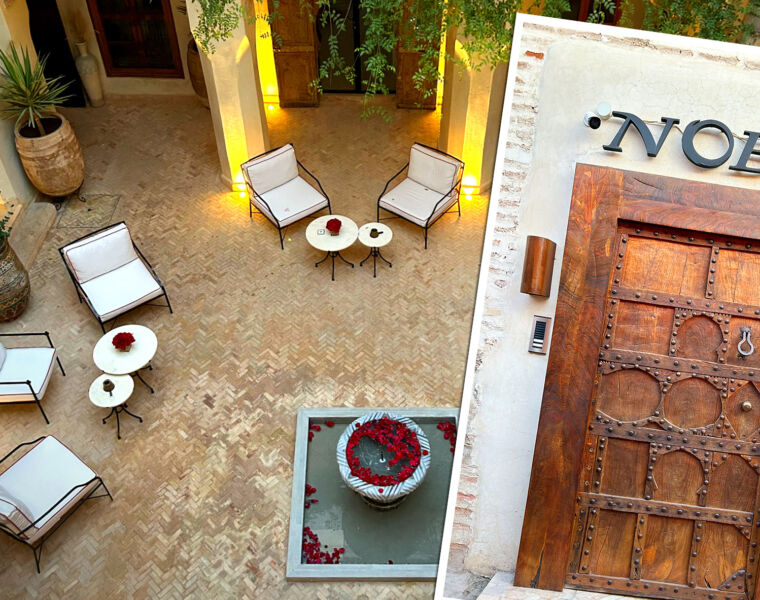![]()
Sebastian Conran is internationally recognised as a design innovator and has held notable positions including teaching at University of the Arts London and Royal College of Art, as well as being one of the founding trustees of the International Design Museum.
During the past six years, he has dedicated his time to building a five-tonne sculpture crafted from the authentic nose of an original Concorde plane. We caught up with him to find out more.
LM: What are your primary sources of inspiration?
SC: I am inspired by everything around me, but in particular through conversations I have, cycling to work, travelling abroad, flea markets/brocanté, emerging technologies, sports equipment and exhibitions of art and sculpture – Brancusi and Boccioni especially.
One thing I do notice is that I rarely get inspired when sitting in front of a computer screen. I believe you can’t go through life watching the world just with a pair of Google goggles on. When it comes to the online world and social media, I do find Twitter useful for finding out what others are thinking and discussing. I am also inspired by those I have met throughout my life. My greatest inspiration is people such as Scottish sculptor and artist, Eduardo Paolozzi, inventor and engineer Alex Moulton, and designer and creative Michael Wolff, who have all acted as mentors, and of course my parents who have set a benchmark for success!
Although it is important to be aware of trends and the zeitgeist – as Josiah Wedgwood once said: “Fashion is more important than merit.” However, personally I strive to lead rather than follow.
![]()
LM: Your sculpture ‘ICON’ is based on the nose of a Concorde aircraft. What were your thoughts behind the design?
SC: I was aiming to create a work of beauty and consequence that reflected the intersection between culture and technology. The result turned out to be a supersonic sculpture that seemed appropriate to be called ‘ICON’.
When thinking about the design of ‘ICON’ I wanted to highlight the different dimensions through a combination of mirrored and matt surfacing, fully showcasing the shape of the design. The highly polished steel base on which it stands reflects an iconic image of the nose and its surroundings, basking the structure in light. The reflections change constantly as one walks around the piece, providing the observer with several different perspectives of the piece.
![]()
Although my core work is as an industrial designer, which is trying to marry the visceral human emotional to the rational ‘form follows fabrication & function’, ‘ICON’ is a celebration of the intersection of art and science, which to some extent is what the Concorde aeroplane became to represent too.
This ethos of emotional-meets-rational is a light-motif of my career, particularly more recently now that the medium of culture is becoming digital. It is so important we harness and harvest available technologies and create what will be in effect a New Enlightenment. I believe this intersection of the liberal arts and technology is key to enhancing the experience of human life.
![]()
LM: ‘ICON’ is valued at £12 million. What are the primary components which give this work a particularly significant value?
SC: This valuation was originally provided by the insurance company prior to us putting the sculpture on display at Royal Ascot racecourses. It is based on a number of factors including scarcity, provenance, precedent, resources expended, the risk involved, quality of design and craftsmanship and most importantly the result, which is a five-tonne, seven by three-metre stainless steel sculpture.
As with all art, value is subjective and intangible. This value of £12 million is also relative to what similar works might command, which begins to make it look somewhat of a bargain.
LM: Which luxury marques do you/have you worked with?
SC: During my career I have worked on many areas in the luxury industry including a range of hand-crafted leather travel goods with a motoring flavour for Connolly, the interior of McLaren Automotive road supercars, laminated-steel expert-quality super-sharp chef’s knives for Chroma that have particularly well-thought-out handles, Moet and Chandon silver and crystal glasses and a Philip Treacy bottle stopper as well as an anodised aluminium and cedarwood travel humidor for Pleades that takes 15 large cigars each individually sprung to avoid damage in transit.
I also completed the interior design of luxury 65 ft yachts for Sealine, a centre of excellence for Rolls-Royce Aerospace, where the brief was to create the feel of a James Bond film as well as various pieces of consultancy for Moulton Bicycles and The Conran Shop.
One of my most interesting projects was to design the interiors and customer experience for British Airways’ last Concorde fleet, making the development of ‘ICON’ a full-circle moment for me and one that I am very proud of. The challenge with Concorde was to design the ultimate in luxury, all the while being confined to such a small space.




You must be logged in to post a comment.